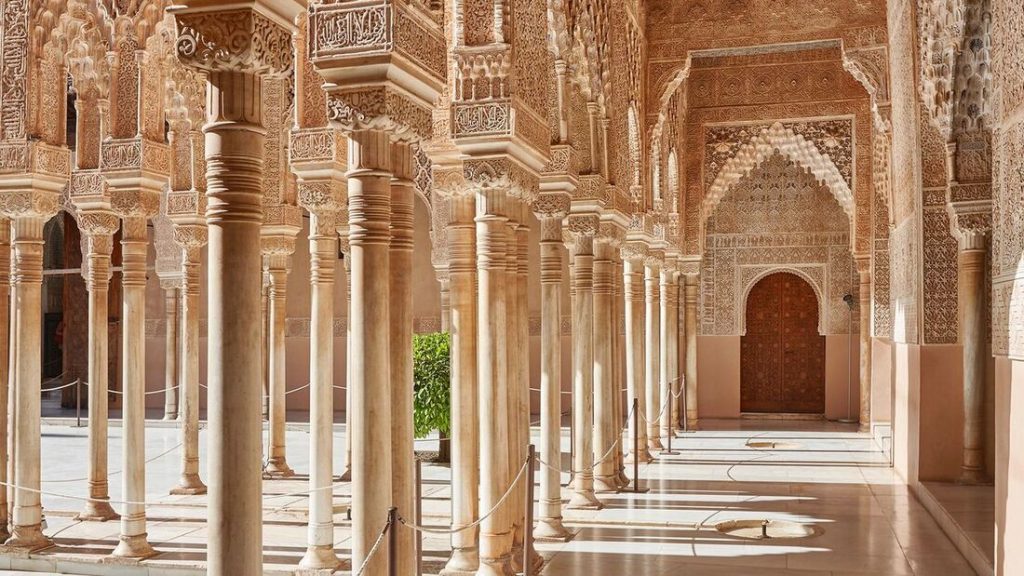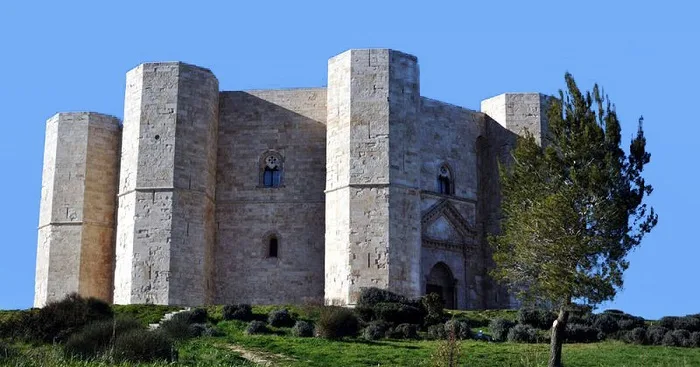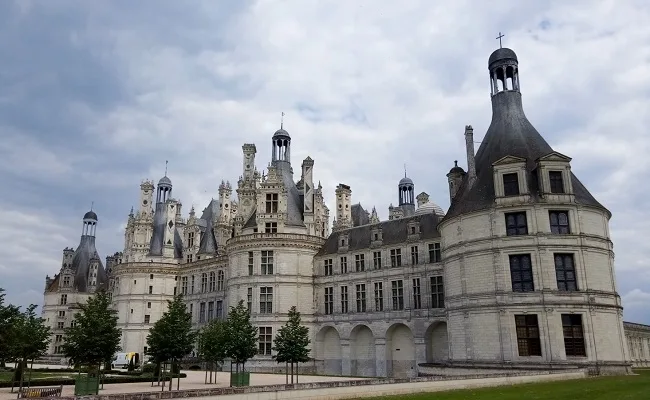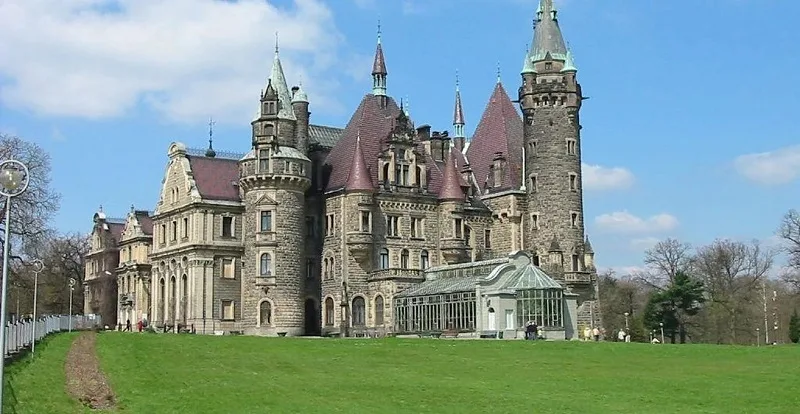
The Alhambra: A Tapestry of History, Gardens, and Architecture in Granada
Crowning the city of Granada in Southern Spain, the Alhambra Castle is a stunning monument of Moorish architecture and a testament to the rich cultural history of the region. A UNESCO World Heritage site, the Alhambra weaves a magical tale of sultans, poets, and warriors through its ornate palaces, lush gardens, and commanding fortresses.
History of the Alhambra
The Alhambra, which translates to “The Red One” in Arabic, traces its roots back to the 9th century, when it started as a simple fortress. However, it wasn’t until the 13th century, under the rule of the Nasrid dynasty, that the Alhambra began its transformation into a palatial city, serving as the royal residence and the court of Granada. Over the centuries, the castle complex evolved to include opulent palaces, verdant gardens, and defensive fortifications, with each ruler leaving their distinct imprint.
In the 15th century, with the Christian Reconquest, the Alhambra came under the rule of the Catholic Monarchs, who carried out their renovations. However, they wisely preserved the unique Moorish aesthetics, blending them harmoniously with Renaissance styles.
Alhambra Gardens
The gardens of the Alhambra, or ‘Generalife’ as they are known, were initially the leisure area for the Granadan monarchs, providing a serene escape from the palatial life. These gardens remain a haven of tranquillity today, bursting with vibrant flowers, exotic plants, and gurgling fountains.
The layout of the gardens adheres to the classic Islamic concept of paradise – a lush, water-rich landscape that’s a joy to explore. The Patio de la Acequia, with its long pool framed by flowerbeds, fountains, and pavilions, is arguably the most famous part of Generalife. However, every corner of these gardens promises a beautiful blend of color, fragrance, and the soothing sounds of water.

Alhambra Architecture
The architecture of the Alhambra is its most stunning aspect, showcasing the artistic grandeur of the Nasrid period. Characterized by intricate geometric patterns, filigree work, and Arabic calligraphy, the architecture embodies the Islamic belief in the infinite nature of creation.
The Palacios Nazaríes, the erstwhile royal quarters, are the pinnacle of the Alhambra’s architectural excellence. The spaces within these palaces, such as the Patio of the Lions with its famous lion fountain, and the Hall of the Ambassadors with its mesmerizing wooden ceiling, showcase the exquisite craftsmanship and attention to detail that define Moorish architecture.
The Alcazaba, the oldest part of the Alhambra, is a formidable military fortress, offering panoramic views over Granada. In contrast, the Palace of Charles V, built after the Reconquest, is a Renaissance-style building, unique with its circular courtyard.
In conclusion, the Alhambra is a historic gem where art, culture, and nature coalesce in a sublime spectacle. It captures the essence of a bygone era while remaining a vibrant part of Granada’s cultural landscape. A visit to the Alhambra is not just a tour of a castle complex – it is a journey through centuries of history, a walk through enchanting gardens, and an exploration of an architectural marvel that continues to inspire and captivate visitors from around the world.
Popular articles
-
 Castel del Monte: A Journey through History and Architecture
Castel del Monte: A Journey through History and ArchitectureCastel del Monte was built in the 13th century by …
-
 Beautiful and Exquisite Chambord Palace
Beautiful and Exquisite Chambord PalaceChambord Palace, known as Château de Chambord, in France, stands …
-
 Moszna Castle: A Journey Through Time and Elegance
Moszna Castle: A Journey Through Time and EleganceMoszna Castle, located in the picturesque region of Opole, Poland, …
